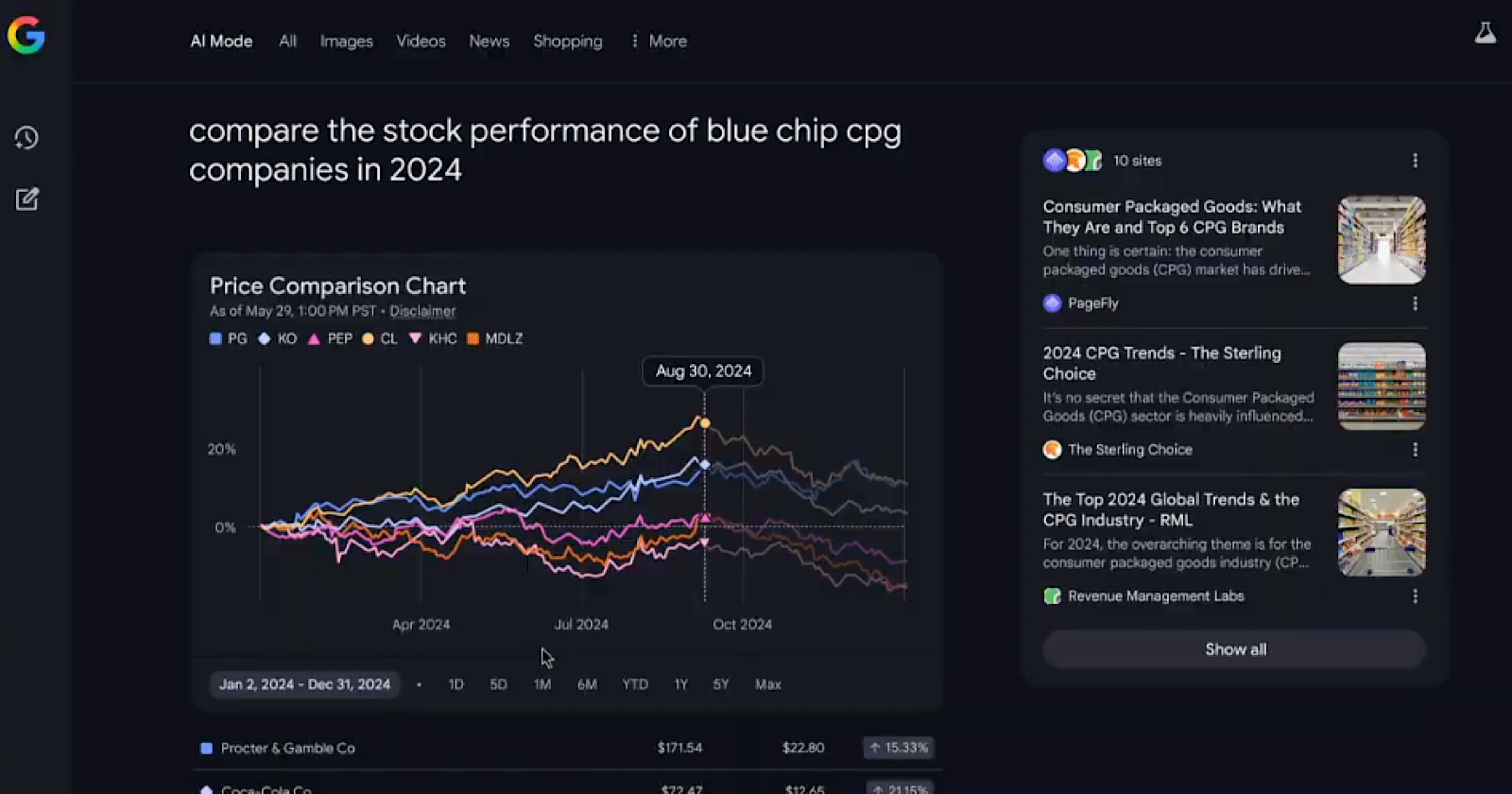Ragan Research: AI makes inroads into internal comms but traditional channels remain resilient
The more things change, the more they stay the same. Communicators are continually refining and adapting their approaches to suit the tastes of their audiences and their evolving needs. This is particularly true in the case of internal communications channels. According to data from Ragan’s 2025 Communications Benchmark Report, a signature research project conducted for […] The post Ragan Research: AI makes inroads into internal comms but traditional channels remain resilient appeared first on Ragan Communications.

The more things change, the more they stay the same.
Communicators are continually refining and adapting their approaches to suit the tastes of their audiences and their evolving needs. This is particularly true in the case of internal communications channels.
According to data from Ragan’s 2025 Communications Benchmark Report, a signature research project conducted for members of Ragan’s Communications Leadership Council, 72% of communicators adopted or upgraded at least one channel or tool in the past year. And for the second year in a row, AI was the top candidate for adoption, outpacing all other channels and technology investments.
By far, the largest percentage (29%) of communicators added AI channels, well above owned podcasts (16%), intranets (14%) and social media (13%). This signals a laser focus on technology that drives efficiency or simplifies workflows.
At the same time, nearly a third (28%) of communicators said they did not add or upgrade any new channels or tools in 2024, suggesting that a sizable minority of companies feel they have the tools they need to carry out their strategy and are focused on optimizing their use.
The full Communications Benchmark Report is available to members of Ragan’s Communications Leadership Council. Non-members can download the executive summary.
![]()
Others qualitatively noted additional tools they started using in 2024:
- Technology and platform enhancements: Respondents noted they invested in project management software and internal communications tools, particularly intranets.
- Internal communications and collaboration: Adoption of newsletters and email tools indicate a push toward better internal communication. The launch of new engagement platforms highlights the shift toward interactive and community-driven internal communication.
- Content creation: Companies also invested in paid webcasts, webinars and videos to enhance their communication strategies.
Despite growing interest in, and attention to, new technologies and platforms, legacy tools endure as key channels for communications professionals. On the internal side, email (71%), intranets (39%) and e-newsletters (35%) remain the most effective channels for internal communications.
While many companies retain a hybrid work environment, the loud call from prominent companies like Amazon, AT&T and JPMorgan Chase as well as U.S. government agencies for a return to the office full time is clearly evident in the data.
Face-to-face meetings grew by 7 percentage points year over year, and virtual company/team meetings or events slipped 5 percentage points to 30%. Despite that fall, virtual meetings are still perceived as effective channels by 30% of communicators, but it’s worth noting that number was as high as 50% just two years ago.
Deskless and dispersed comms trends
These patterns also align with respondents’ selection of effective communication tools for their deskless and/or dispersed workforce. Deskless workers are usually not in an office and may be stationed on a manufacturing floor, a hospital wing, construction site or a retail store.
For these workers, email and town halls are perceived as the most effective channels for communicators to use, followed by intranets, face-to-face communication (presumably delivered by a frontline manager) and digital collaboration software.
The dispersed workforce is spread across multiple offices, regions or locations. For these workers, email and intranets are seen as most effective, followed by town halls and digital collaboration software. Unlike deskless workers, face-to-face communication is not perceived as particularly effective for this group.
While AI continues to make inroads and promise disruption, for the time being communicators appear to be using it to transform and upgrade tried-and-tested internal comms channels.
The post Ragan Research: AI makes inroads into internal comms but traditional channels remain resilient appeared first on Ragan Communications.


























![How To Launch, Grow, and Scale a Community That Supports Your Brand [MozCon 2025 Speaker Series]](https://moz.com/images/blog/banners/Mozcon2025_SpeakerBlogHeader_1180x400_Areej-abuali_London.png?auto=compress,format&fit=crop&dm=1747732165&s=beb7825c980a8c74f9a756ec91c8d68b#)
![Clicks Don’t Pay the Bills: Use This Audit Framework To Prove Content Revenue [Mozcon 2025 Speaker Series]](https://moz.com/images/blog/banners/Mozcon2025_SpeakerBlogHeader_1180x400_Hellen_London.png?auto=compress,format&fit=crop&dm=1747758249&s=9f3c5b1b7421f862beace1cb513053bb#)
![How To Create an Integrated Strategy That Increases Brand Mentions and Visibility [Mozcon 2025 Speaker Series]](https://moz.com/images/blog/banners/Mozcon2025_SpeakerBlogHeader_1180x400_JamesH_London.png?auto=compress,format&fit=crop&dm=1747780409&s=9bf9f0a2623b4a8be6eaf8f235115505#)





















![The 11 Best Landing Page Builder Software Tools [2025]](https://www.growthmarketingpro.com/wp-content/uploads/2024/04/best-landing-page-software-hero-image-1024x618.png?#)

































































![Social media image sizes for all networks [June 2025]](https://blog.hootsuite.com/wp-content/uploads/2023/01/Social-Media-Image-Sizes-2023.png)


![41 Instagram features, hacks, & tips everyone should know about [new data]](https://www.hubspot.com/hubfs/Instagram-hacks-1-20240916-2633447.webp)




















